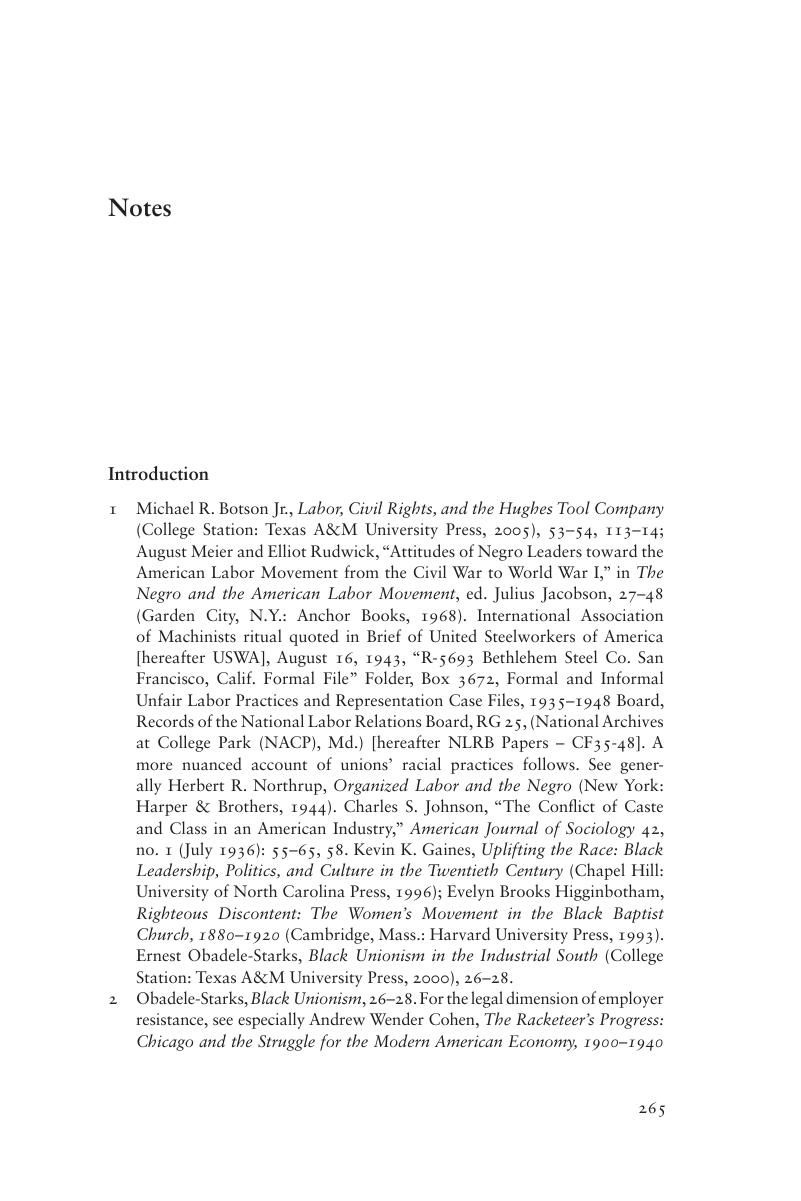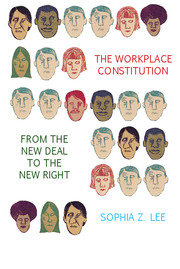Book contents
- Frontmatter
- Contents
- Acknowledgments
- Introduction
- Part I Crafting the Workplace Constitution in the New Deal 1930s and 1940s
- Part II Advancing the Workplace Constitution in the Cold War 1950s
- Part III Administering the Liberal Workplace Constitution in the Long 1960s
- Part IV The Workplace Constitution in the New Right 1970s and 1980s
- Epilogue
- Appendix: Figures
- Notes
- Selected Bibliography of Primary Sources
- Index
- References
Notes
Published online by Cambridge University Press: 05 October 2014
- Frontmatter
- Contents
- Acknowledgments
- Introduction
- Part I Crafting the Workplace Constitution in the New Deal 1930s and 1940s
- Part II Advancing the Workplace Constitution in the Cold War 1950s
- Part III Administering the Liberal Workplace Constitution in the Long 1960s
- Part IV The Workplace Constitution in the New Right 1970s and 1980s
- Epilogue
- Appendix: Figures
- Notes
- Selected Bibliography of Primary Sources
- Index
- References
Summary

- Type
- Chapter
- Information
- The Workplace Constitution from the New Deal to the New Right , pp. 265 - 378Publisher: Cambridge University PressPrint publication year: 2014



